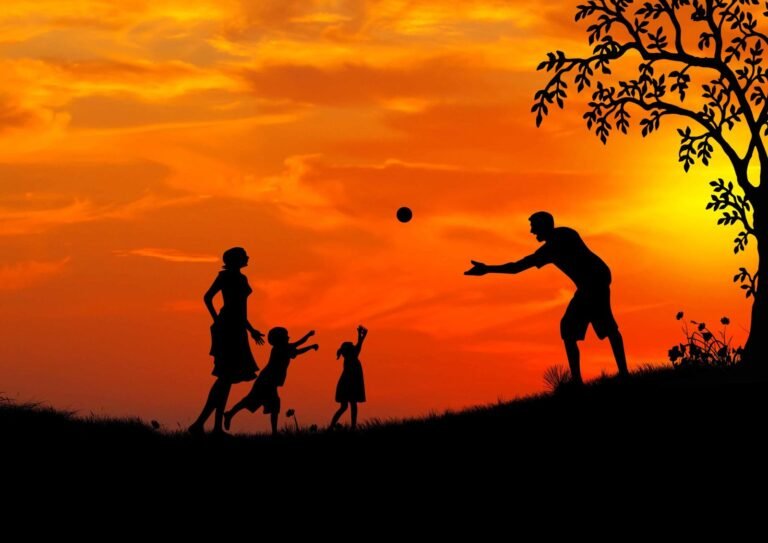How We Turn Museums, Festivals, and Local Creativity into Unforgettable Learning Adventures
At Stuff & Junk, we believe the best education doesn’t happen at a desk—it happens in front of a mural, in the middle of a festival, or while standing awestruck in a museum gallery. Our arts program isn’t just about seeing art—it’s about living it.
Art That Jumps Off the Walls
We take kids beyond passive observation and into active participation. Whether it’s the Fort Worth Main Street Arts Festival, the Crow Museum of Asian Art, or a pop-up exhibit in the Cultural District, we don’t just walk through—we engage.
- Festival Days: Kids meet working artists, try their hand at street painting, and even contribute to live installations.
- Museum Missions: No boring tours here—we turn gallery visits into scavenger hunts, sketch battles, and “remix” challenges.
- Hands-On Creation: After every visit, we roll up our sleeves. Saw a bronze sculpture? Now we’re molding clay. Inspired by a textile exhibit? Time to experiment with fabric dyes.







On the quiet transformations that happen when kids make and meet art
There’s a particular sound brushes make when twenty children use them at once—a collective tap-tap-slide against paper that feels like rainfall. It’s in these ordinary moments that extraordinary things happen: a hesitant hand gains confidence, a frustration melts into focus, someone discovers they have something to say.
At Stuff & Junk, we build programs around a simple truth: art changes people. Not dramatically, not all at once, but through countless small realizations:
The Practice of Paying Attention
In a world of endless scrolling, art demands we slow down. Mixing the perfect shade of blue requires noticing how light changes throughout the day. Recreating a favorite comic panel teaches the weight of a line. These aren’t just artistic skills—they’re antidotes to distraction.
The Grammar of Materials
Clay remembers every thumbprint. Watercolors refuse to be controlled. Charcoal smudges exactly when you don’t want it to. Working with physical materials teaches adaptability and humility—lessons no app can replicate.
The Courage of Interpretation
Standing before a challenging artwork, we ask: What makes you say that? There are no wrong answers, only practiced ways of seeing. Over time, kids transfer this courage to other parts of life—that book they’re afraid to read, that math concept that feels impossible.
The Community of Making
Shared art spaces become rare territories where age, background and language matter less than the willingness to try. A seventh grader helps a fourth grader blend colors. A quiet kid explains their collage to the group. These are the unplanned moments where social walls dissolve.
The Evidence of Growth
We keep every sketchbook, photograph every sculpture. Months later, when a child flips through their portfolio, their surprise is palpable: “I didn’t know I could do that.” But we did—because art always leaves a trail.







+ There are no comments
Add yours